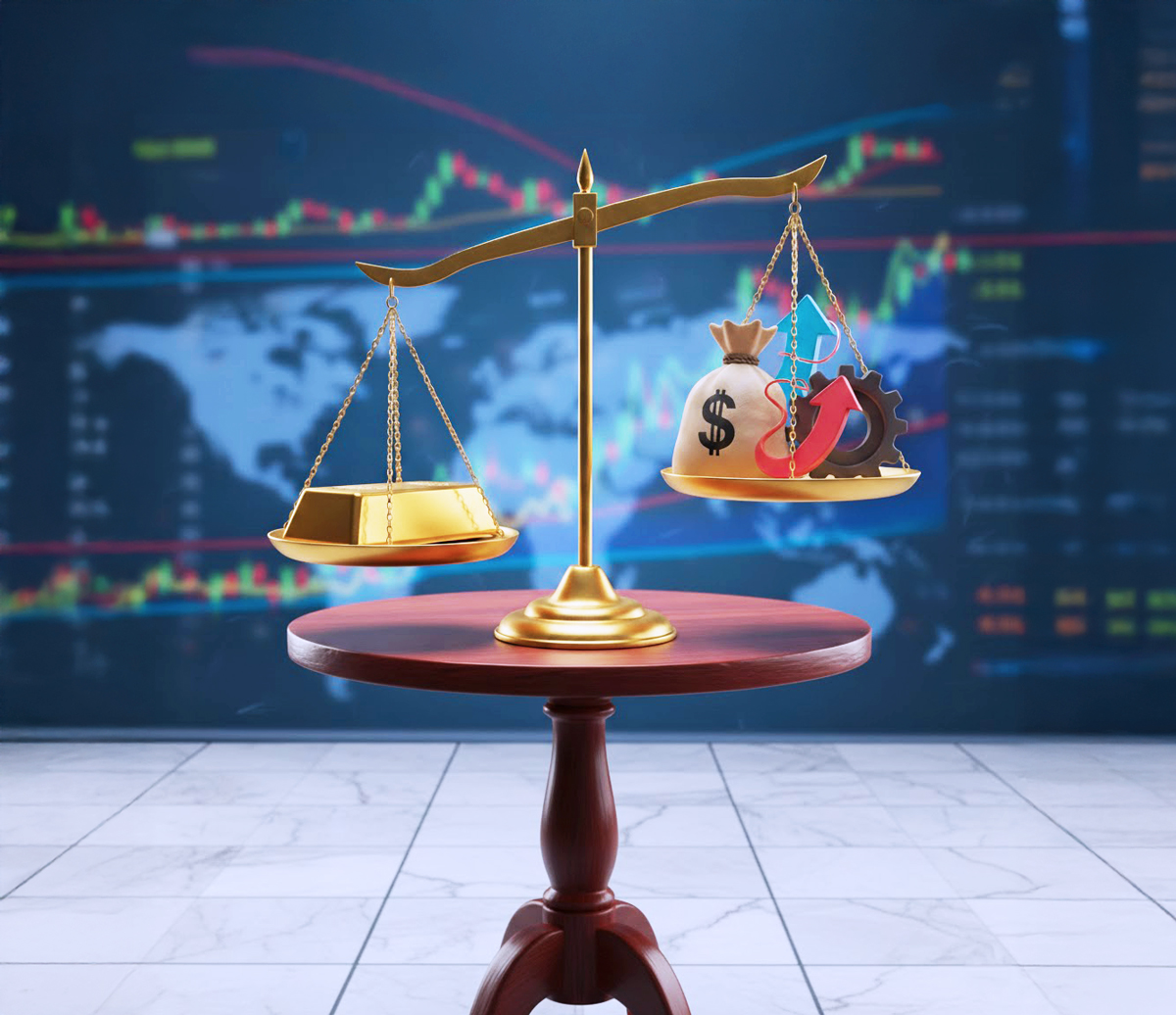Gold has long been viewed as a mirror of global economic conditions — a hedge against uncertainty, inflation, and currency swings. In 2025, as investors navigate shifting monetary policies and fluctuating dollar strength, understanding how inflation, interest rates, and the U.S. dollar interact with gold prices is essential to grasp the market’s next move.
Inflation: Fuel for the Gold Rally
Gold’s historical reputation as an inflation hedge remains intact. When consumer prices rise and purchasing power erodes, investors often turn to gold as a store of value. During periods of elevated inflation, real yields — nominal yields adjusted for inflation — tend to decline, making non-yielding assets like gold comparatively more attractive.
In recent years, even moderate inflation spikes have triggered renewed investor interest in gold-backed ETFs and physical bullion. Persistent cost pressures in energy, housing, and labor markets can sustain gold demand as investors seek stability amid currency depreciation.

Key takeaway: Rising inflation typically supports higher gold prices by diminishing the appeal of cash and bonds.
Interest Rates: The Balancing Act
Interest rates often represent gold’s biggest competitor. When central banks raise rates, yields on government bonds and savings accounts rise, making gold — which offers no yield — less appealing. Conversely, rate cuts tend to favor gold as investors shift toward hard assets.
In 2025, with global central banks reassessing policy after years of aggressive tightening, the gold market is poised for volatility. If rate hikes slow or reverse, gold prices could find additional upside. On the other hand, persistently high real rates could apply downward pressure.
In short:
- Higher interest rates → Lower gold prices (stronger yields elsewhere)
- Lower interest rates → Higher gold prices (gold more attractive as a store of value)
The U.S. Dollar: A Counterweight to Gold
Gold and the U.S. dollar share an inverse relationship. Because gold is priced in dollars, a stronger dollar makes it more expensive for foreign investors, dampening demand. When the dollar weakens, gold becomes cheaper internationally, often sparking buying momentum.

In times of geopolitical stress or recessionary fears, both assets can rise simultaneously — the dollar as a liquidity safe haven, gold as a tangible one. Yet, over the long run, dollar weakness generally fuels gold’s bullish phases.
Quick snapshot:
- Strong dollar: Gold demand weakens, prices fall.
- Weak dollar: Gold demand strengthens, prices rise.
The Interplay: A Delicate Triangle
Inflation, interest rates, and the dollar rarely move in isolation. For instance, high inflation may prompt rate hikes, which then strengthen the dollar — a combination that can initially weigh on gold. However, if inflation remains sticky and rate hikes lose effectiveness, gold may surge as investors question currency stability.

Understanding how these forces interact helps investors interpret gold’s trends with greater precision. The balance among them often determines whether gold thrives or stalls.
MarketMind Insight – Gold’s path isn’t determined by any single factor but by the shifting balance between inflation, policy rates, and the dollar. The smartest investors don’t just watch gold’s price — they read the signals behind it.

Leave a Reply